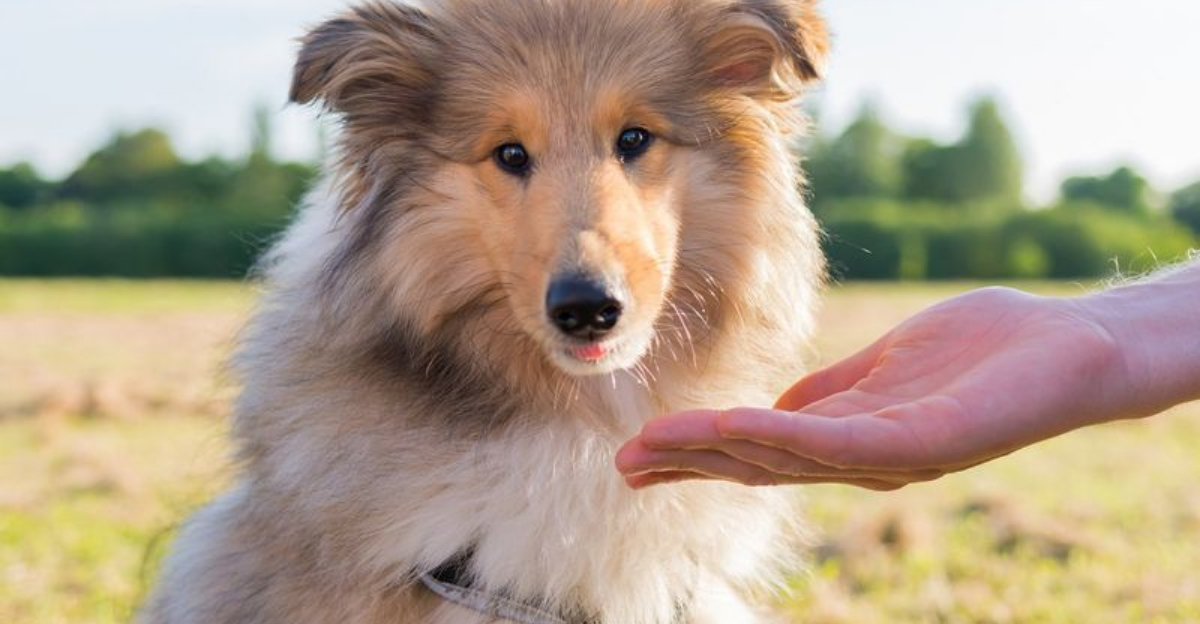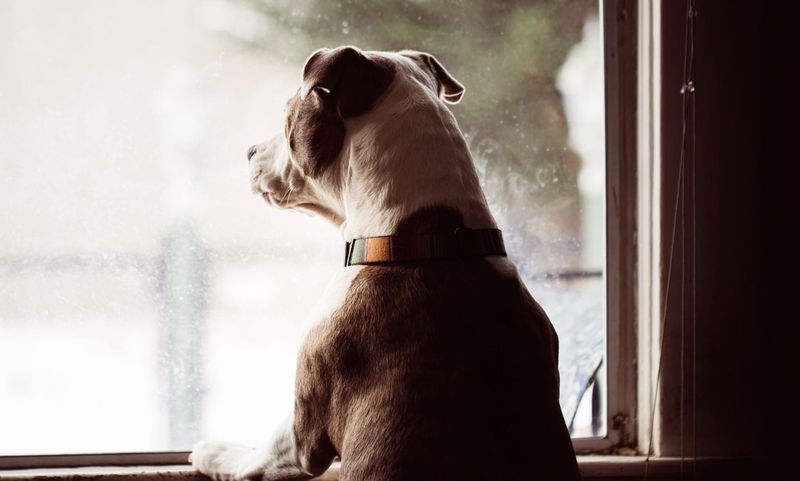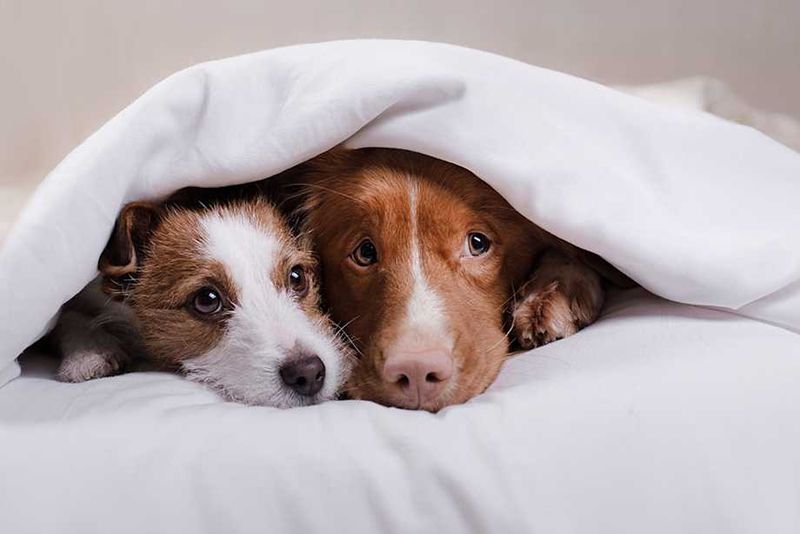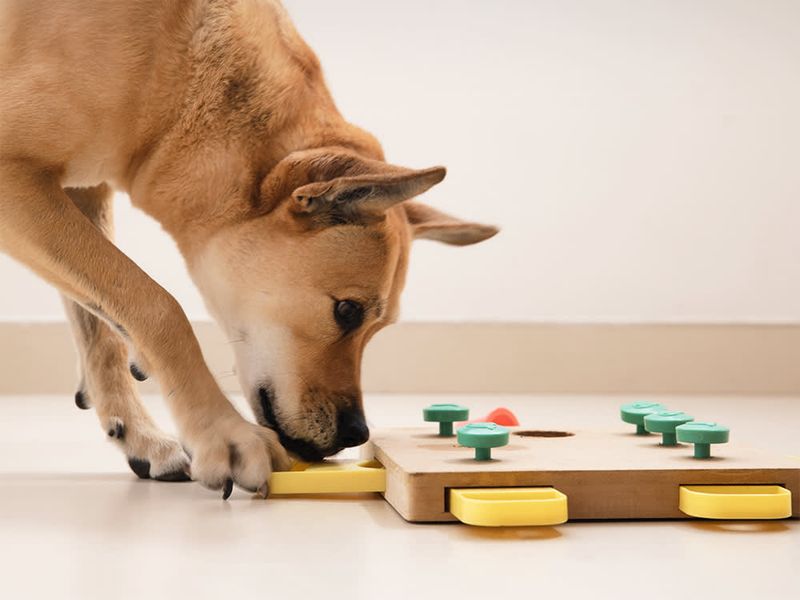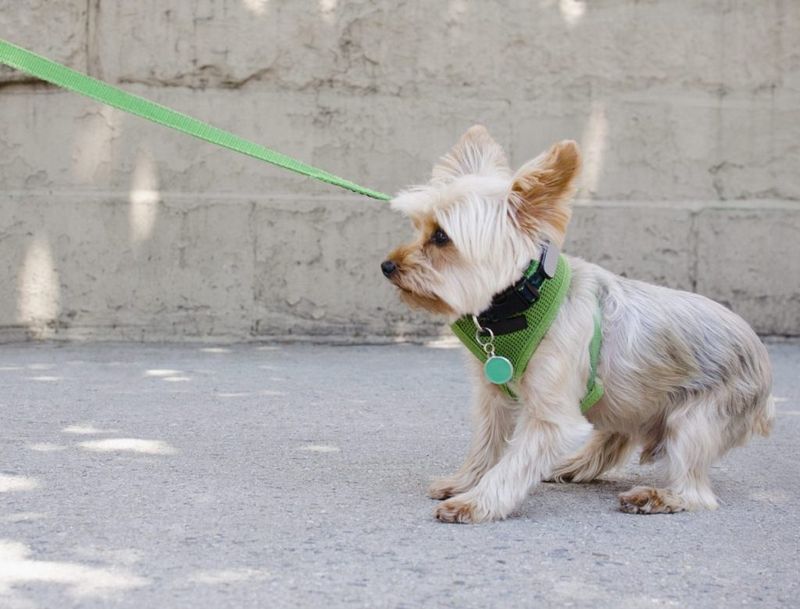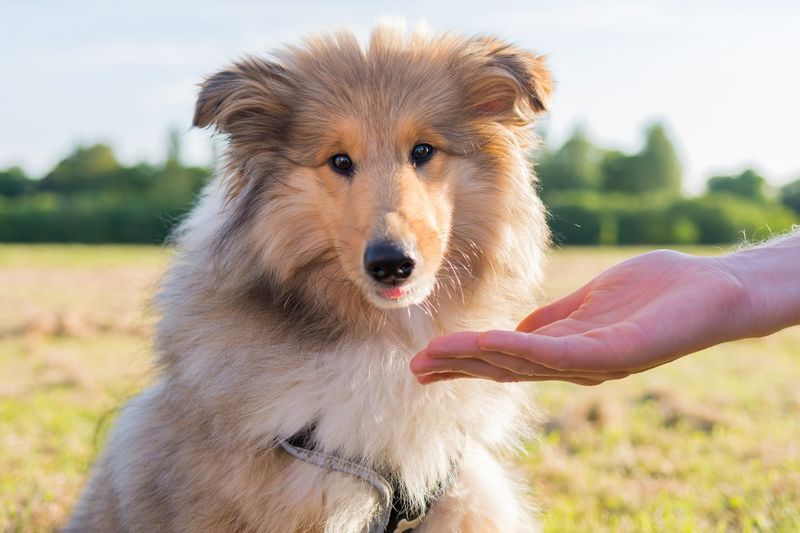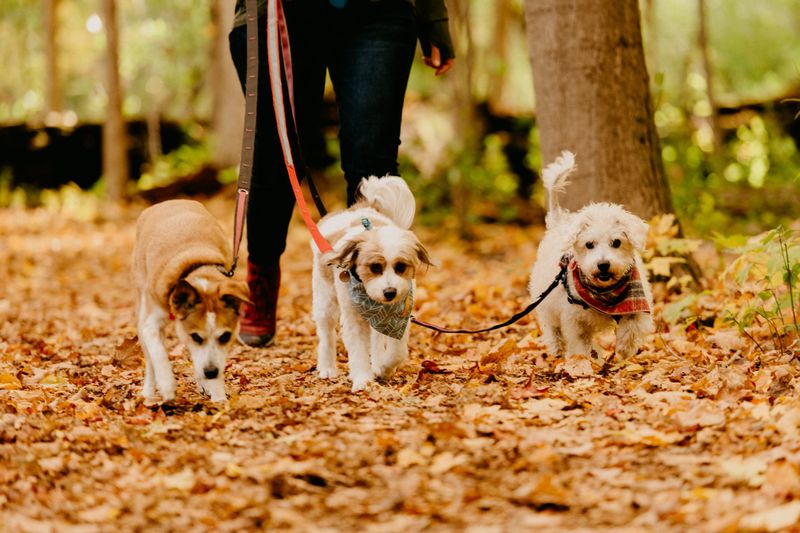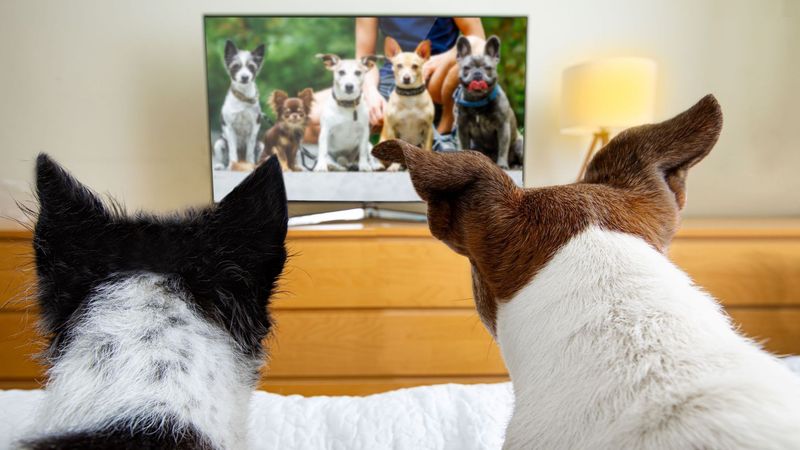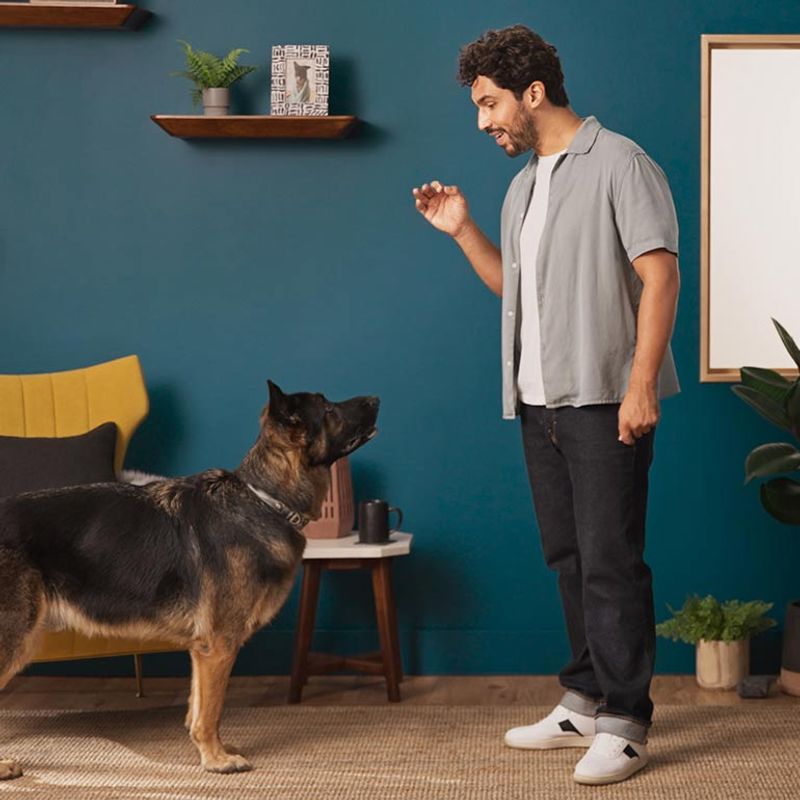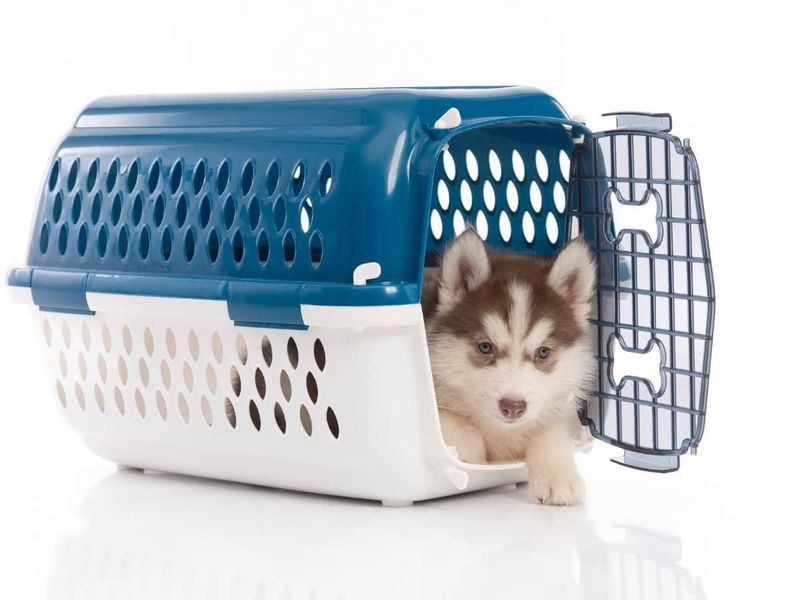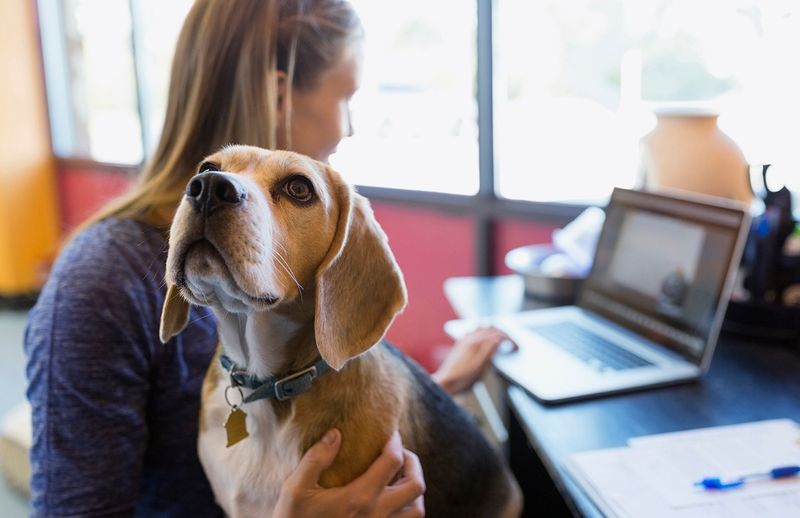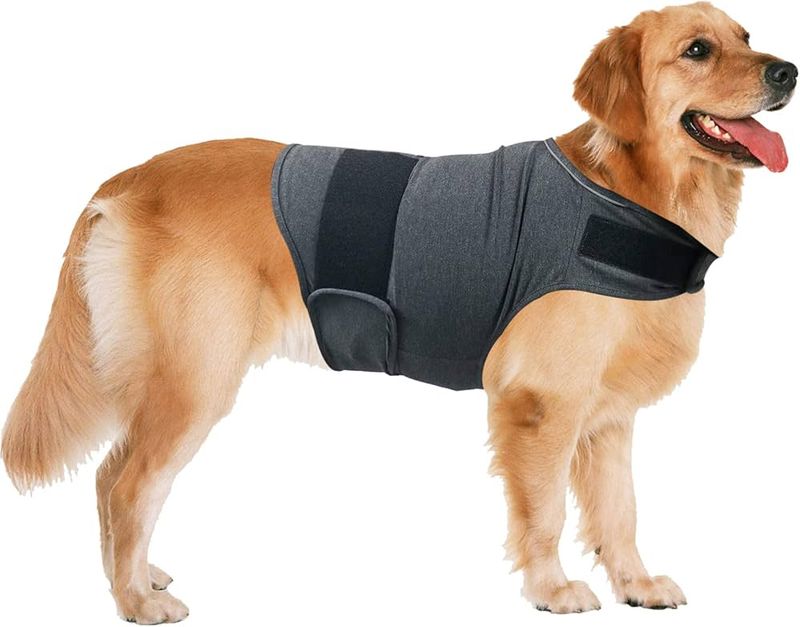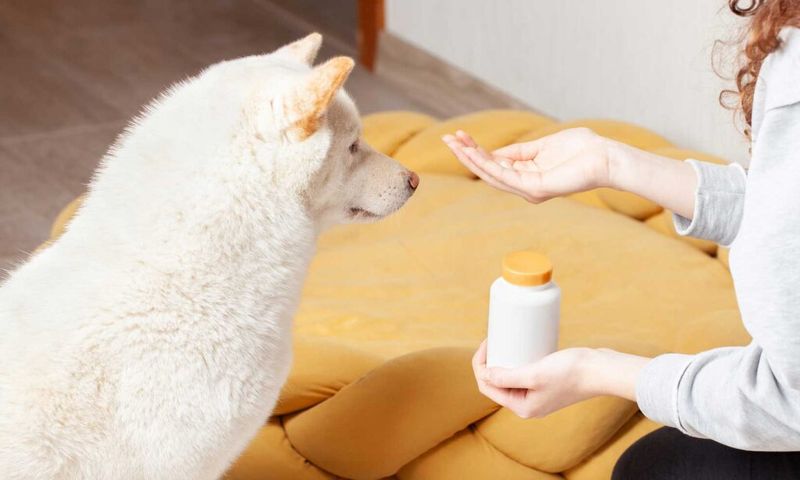Separation anxiety in dogs can be a distressing issue for both pets and their owners. Understanding and addressing this condition is vital to ensure the well-being of your furry friend. This blog post explores 13 effective strategies to help alleviate separation anxiety in dogs, offering practical solutions to help them feel more at ease when alone.
Establish a Routine
A consistent daily schedule can provide the stability your dog craves. Dogs thrive on routine, knowing when to expect meals, walks, and playtime. Start by setting fixed times for feeding and walking your furry friend.
Gradually, your dog will become accustomed to this pattern, reducing anxiety when you’re away. Incorporating training sessions and relaxation time builds trust, further easing their concerns.
Consistency is key. A predictable routine reassures your dog, making them feel more secure even when you’re not around. This structured approach fosters confidence and minimizes separation anxiety.
Create a Safe Space
Designating a safe, comfortable space where your dog can retreat is crucial. Choose an area in your home where your pet feels secure and relaxed. Ideally, this space should include your dog’s bed, favorite toys, and a blanket.
Personalizing this area with familiar scents can also soothe your dog’s nerves. This safe haven acts as a calming retreat when you’re not present, reducing anxiety.
By associating this space with positive experiences, your dog learns to feel content and secure even in your absence. A well-prepared environment fosters independence and emotional stability.
Provide Interactive Toys
Keeping your dog’s mind engaged is essential in combating separation anxiety. Interactive toys, such as puzzle feeders or treat-dispensing toys, provide mental stimulation and entertainment.
These toys challenge your dog’s problem-solving skills, keeping them occupied for longer periods. The act of playing with these toys releases pent-up energy, reducing anxiety.
Regularly rotating these toys ensures your dog remains interested and entertained. By focusing on these engaging activities, your pet is less likely to dwell on your absence, fostering a positive emotional state.
Practice Short Departures
Gradually getting your dog accustomed to being alone can help reduce anxiety. Start by practicing short departures, leaving the house for brief periods and gradually increasing the time.
This method teaches your dog that your absence is temporary and that you’ll return. Rewarding your pet with treats upon your return reinforces positive behavior.
Over time, your dog will learn to trust that separations are not permanent, easing anxiety. This gradual desensitization builds confidence and reduces stress levels when left alone.
Use Comforting Scents
Scents play a significant role in calming dogs. Leaving behind an article of clothing with your scent can provide comfort to your pet.
Your familiar smell acts as a reassuring presence, easing anxiety during your absence. Additionally, consider using dog-appeasing pheromone diffusers to create a calming atmosphere.
These products mimic natural pheromones, promoting relaxation and security. By incorporating comforting scents, your dog feels less stressed and more connected to you, even when you’re away.
Hire a Dog Walker
A dog walker can be a valuable resource in managing separation anxiety. Regular walks provide physical exercise and mental stimulation, reducing stress levels.
Hiring a trustworthy dog walker ensures your pet receives attention and companionship, breaking up the day and preventing loneliness.
This interaction also fosters socialization, making your dog more adaptable and confident. By enriching their daily routine with outdoor activities, you help alleviate anxiety and promote overall well-being.
Try Calming Music
Calming music can have a soothing effect on dogs. Playing soft tunes or specifically designed pet music can ease anxiety and promote relaxation.
Music serves as a distraction from triggering sounds, creating a tranquil environment. Over time, your dog may associate certain melodies with a sense of calm.
Experiment with different genres to find what resonates best with your pet. This auditory approach can be particularly effective during your absence, helping your dog feel at ease and reducing anxiety.
Utilize Dog TV
Dog TV is a unique tool that can help alleviate separation anxiety. Featuring content specifically tailored for canine viewers, it provides visual and auditory stimulation.
This form of entertainment keeps your dog engaged, offering a distraction from your absence. The programming often includes calming nature scenes and soothing sounds.
By introducing Dog TV into your pet’s routine, you create a positive association with being alone. This innovative approach can significantly reduce anxiety levels, making separations more manageable.
Teach ‘Stay’ Command
Teaching the ‘stay’ command can empower your dog with a sense of control. This command reinforces patience and trust, essential traits for managing separation anxiety.
Start with short sessions, gradually increasing duration as your dog becomes more comfortable. Offer praise and rewards for successful attempts.
Mastering this command helps your dog feel secure even when you’re not visible. The skills gained through this training contribute to a calmer, more relaxed demeanor during separations.
Consider Crate Training
Crate training can offer your dog a sense of security and comfort. Introduce the crate as a positive space, never as punishment.
Gradually familiarize your dog with spending time inside the crate, using treats and praise to reinforce positive behavior. This den-like environment can be a refuge during anxious moments.
By associating the crate with safety and calmness, your dog learns to relax when left alone. Crate training fosters independence and reduces anxiety, providing a comforting space for your pet.
Consult a Professional
If separation anxiety persists, consulting a professional dog behaviorist or trainer may be beneficial. These experts can provide tailored strategies and techniques to address your dog’s specific needs.
They offer insights into behavior modification and coping mechanisms, equipping you with effective tools to manage anxiety.
Professional guidance ensures you’re on the right track, helping both you and your pet achieve a harmonious balance. Collaboration with an expert can lead to significant improvements in your dog’s emotional well-being.
Use Anxiety Wraps
Anxiety wraps are designed to apply gentle pressure, similar to a comforting hug. This compression can reduce stress and promote a sense of security in anxious dogs.
These wraps are easy to put on and can be worn during times of distress or when you’re away. The soothing effect of an anxiety wrap can significantly ease separation anxiety.
Incorporating this tool into your pet’s routine allows for a more relaxed demeanor, enhancing overall comfort and well-being.
Explore Medication Options
For severe cases of separation anxiety, medication may be necessary. Consult with a veterinarian to explore suitable options tailored to your dog’s condition.
Medication can provide relief, calming your pet during challenging times. It’s often used in conjunction with behavior modification techniques for optimal results.
This approach should be considered carefully, weighing potential side effects and benefits. Veterinary guidance ensures your dog receives the appropriate care, improving their quality of life and reducing anxiety.
